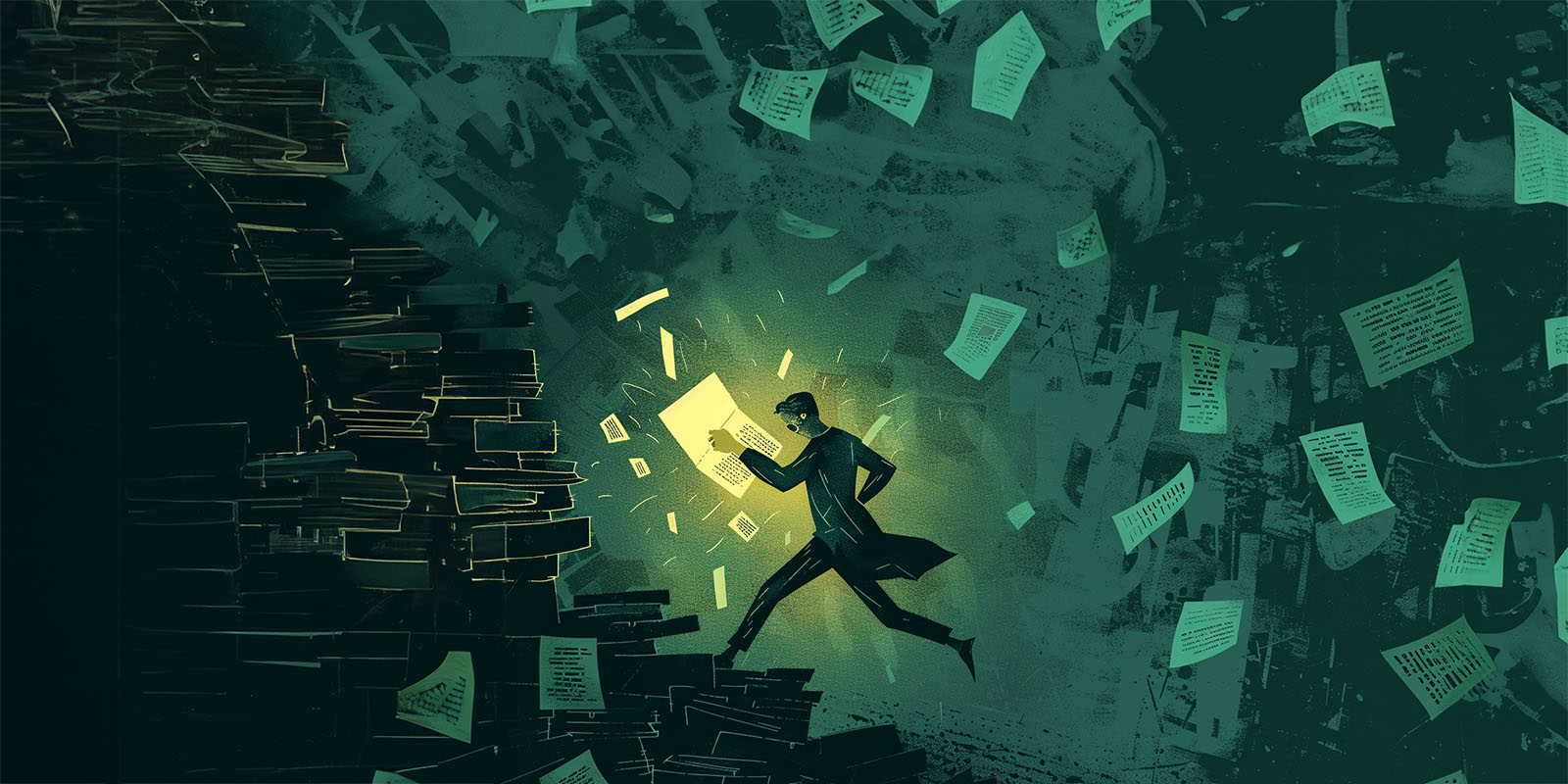YouTube recently wanted me to watch a video about the ancient Egyptian bureaucrat-turned-demigod Imhotep. I knew it was going to be a hot mess from the thumbnail alone. Obviously AI-generated, it made poor Imhotep look like he’d just visited the face-painting booth at the county fair. The actual content, such as it was, featured an artificial voice reading out nonsensical statements like “Imhotep lived in the ancient Egyptian period 267 BCE AD 648” (he actually lived around the 27th century BCE). Unfortunately, schlock like this has become all too common as many creators try to churn out as much content as possible with the least amount of effort. But while the Imhotep video was just cringy, there is a darker side to low-effort content. YouTuber Harry Brewis (aka hbomberguy) recently put out a four-hour video exploring the increasing prevalence of plagiarized content on the platform.
Understanding plagiarism and copyright Infringement
As you may remember from your school days, plagiarism is when someone takes another’s work and attempts to portray it as their own. While this can also constitute copyright infringement, the two concepts are not synonymous. Copyright infringement is a legal matter, but plagiarism is an ethical matter. As Duke University’s ScholarWorks points out, “[c]opyright does not protect ideas, only the specific expression of an idea.” This means that J. K. Rowling can’t sue you for copyright infringement just because you’ve written a book that features a boarding school for British wizards, but you can’t call it Hogwarts and name its houses Gryffindor, Hufflepuff, Ravenclaw, and Slytherin.
But plagiarism is judged differently. Even if you’ve carefully paraphrased someone else’s material, it can still be plagiarism if you didn’t credit the original author. Let’s say you want to write something about Imhotep that isn’t nonsense. During your research, you pick up a copy of Jamieson B. Hurry’s Imhotep: The Vizier and Physician of King Zozer and Afterwards the Egyptian God of Medicine and come across a quote from Alan Gardiner where he argued that Imhotep’s status as a demigod can be inferred from the fact that he received special rites that were distinct from normal funerary offerings. If you want to use this information in your piece, you need to provide a citation. This is true even if you aren’t using Gardiner’s exact words–you’re still using his work.
Unfortunately, this simple precept seems lost on a lot of creators. In his video, Brewis has shown how creators like Filip Miucin, Cinemassacre (James Rolfe), iilluminaughtii (Blair Zoń), and James Somerton have all incorporated others’ work into their own material without providing proper citations. For example, Brewis showed how one of Zoń’s videos debunking the anti-vaccine movement incorporated a number of exact quotes from other individuals. And while she did include a list of sources, that was not enough. While there was a link to an article from the Daily Telegraph, it wasn’t clear which elements of it were being used in her work. As Brewis put it, “the audience has no way of knowing she’s actually reading them the f***ing newspaper.” Citations need to be specific to be useful.
Prominent cases of YouTube plagiarism: the James Somerton controversy
But perhaps the most egregious case is that of James Somerton. Brewis has shown how he made liberal use of books like Sean Griffin’s Tinker Belles and Evil Queens: The Walt Disney Company From the Inside Out. Not only did Somerton repeat portions of Griffin’s work nearly word for word, he did so in such a way that made it seem like the material was his original work. In Brewis’ estimation, 22 of the 56 video essays that Somerton uploaded to YouTube after October 2018 include some degree of plagiarism. As he puts it, “there is something a little bit soul crushing about watching a man be paid thousands and thousands of dollars to literally plagiarize the phrase ‘what is the real, tangible impact of gay erasure?’
Some may argue that Brewis is making mountains out of molehills and that he’s just being pedantic. But these aren’t no-harm-no-foul situations. These creators often have (or in some cases, had) huge platforms and were making large amounts of money from sponsorships, ad revenue, or Patreon subscriptions. Yet they weren’t passing any of that onto the creators whose work they ripped off. And their poor citation habits meant that they weren’t even giving them the benefit of added exposure. It was exploitation, pure and simple.
Avoiding plagiarism: tips and tools
The good news is that there are ways to avoid plagiarism. There’s a whole site called Plagiarism.org that can help you keep it out of your work. For example, their post “4 Tips to Easily Avoid Plagiarism” shows how careful planning during the research process can help you avoid plagiarism (for more tips on researching, check out my colleague Jason’s post “Insights for specialist bloggers (part 3): research”). They also have a good article explaining why it’s not enough to simply whip out your thesaurus and change some words around. If you’re using someone else’s work, you need a citation, even if you’re using your own words to convey the information.
Navigating AI-generated content
If you use generative AI tools like ChatGPT, you need to be extra vigilant about plagiarism. Because these tools are trained on existing texts, there’s a distinct possibility that the responses they give may contain plagiarized content. GetGenie suggests some ways to address this problem, such as being careful to use AI as an aide rather than simply generating text and calling it a day. They also note that existing plagiarism detectors like those offered by Grammarly and Turnitin can prevent you from inadvertently pilfering others’ work.
Maintaining integrity in content creation
Creating content is hard. Not only do you have to come up with ideas, but you also have to execute them. And all of this may have to be done under a tight schedule. With all that pressure, it’s not hard to see why some choose to take the path of least resistance and quietly copy the work of others. But while you may be able to get away with it for a while, you’ll always have to worry about facing a reckoning down the road. Luckily, there are things you can do to keep your work clean, from being a mindful researcher to using one of the many online plagiarism detectors out there. The bottom line is that, instead of gambling with your reputation, simply stick to making good content. In the long run, both you and your readers will be better off for it.








